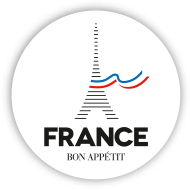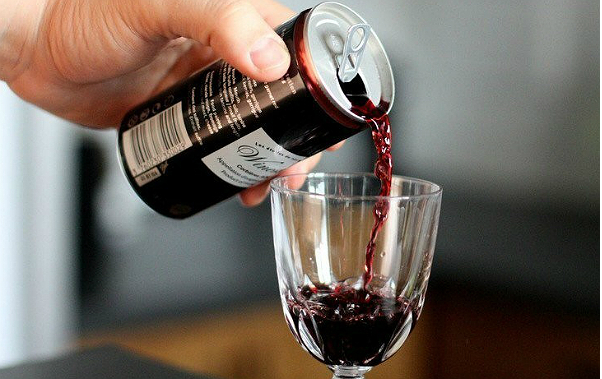
THE FRENCH
FOOD
INDUSTRY'S PORTAL
Webzine
taste it to info

Small wine cans make it big in export markets
News /
Tuesday 28 July 2015
While virtually unthinkable five years ago, wine in a can is breaking new ground in France and international markets. While purists may be positively grinding their teeth as a result, new consumers are seemingly embracing the concept, a sentiment echoed around the world.
Wine is still one of the leading lights of French exports, but also a major contributor to France’s trade surplus. According to data released by the FEVS (Federation of Wine and Spirits Exporters), in 2014 sales in export markets reached a value of 10.78 billion euros, making this the 3rd most important sector behind aerospace and perfumes and cosmetics.
In order to win over new markets, some entrepreneurs have not beaten about the bush when it comes to breaking the traditional codes of selling wine. Take Winestar for example, who offer a range of wines packaged in aluminium cans. Sacrilege for fans of the glass bottle, this new concept, and brainchild of Cedric Segall, came to fruition five years ago. “I had the idea when I was travelling in Japan. Wine in cans caught my eye and so I bought one. It was a can of Australian wine. At the time I remember thinking that French wine should be sold in the same way”, explains the head of Winestar. Back in France, he decided to research developing this type of product, and this is how the French wine can came to light. It is the result of research into how food and drink is consumed in modern-day society. “We are piggy-backing on a growing trend for single-serve and small portions in packaging, and also snacking”, insists Cedric Segall. His target is wine lovers looking to enjoy a glass of wine outside the traditional mealtime. The practical aspect of the can is a firm advantage, as well as the easy-to-open aspect without the need for a corkscrew.
80% of turnover abroad
Aluminium cans in the heartland of the wine bottle are guaranteed to cause a stir. Critics of the concept would have us believe that the quality of the wine is compromised. “The wine cans are hermetically sealed and a special internal coating stops direct contact with the aluminium and prevents the wine oxidising. The technology is the result of several years’ research and development”, added the head of Winestar.
While psychologically the can remains a hurdle in France, cans are flying off the shelves outside the hexagon, with exports accounting for 80% of sales. The UK and the USA are two markets particularly interested in these formats, and Asia is starting to show an interest too. With a unit price of €2.50 and a novel format, competition for Cedric Segall’s wine can is not always from the most obvious sector. “Strangely, our main competitors are beers rather than other wines”, he explains.
The emphasis however is still on the contents rather than the container. The range sold today by Winestar comprises three wines from the Chateau de l’Ille estate in Corbières in the Languedoc; “Cuvée Andréas” red wine, “Cuvée Emilie” white and a rosé, Cuvée Alexandre, an 80% – 20% Syrah/Grenache blend.
A prime example of innovation à la française, Winestar is aiming in the short term to firmly establish the company on the Asian market, a huge fan of French produce.






